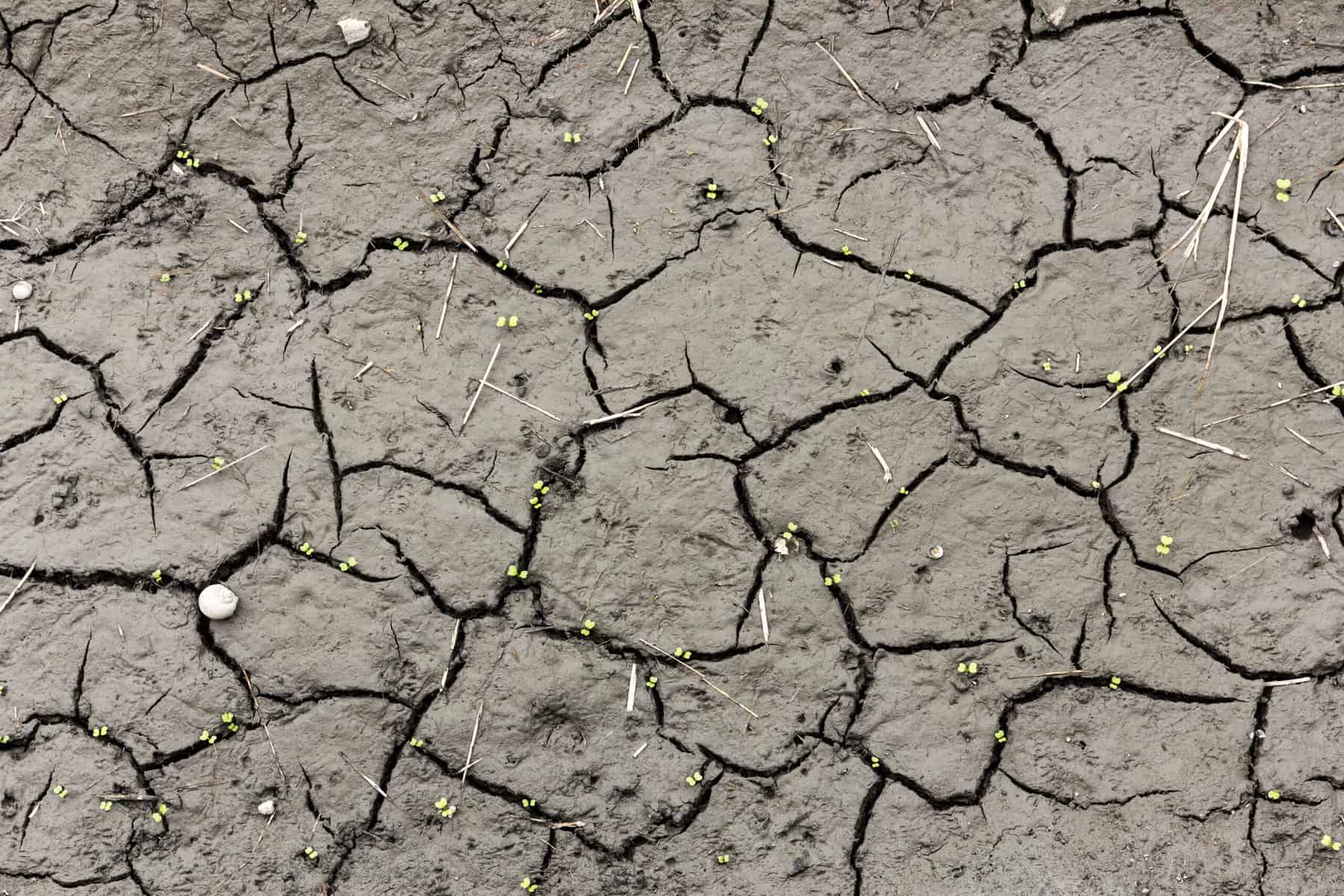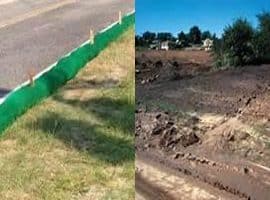PERIMETER EROSION CONTROL BEST MANAGEMENT PRACTICES

Share this article!

Erosion control best management practices are required during all ground disturbing activity until permanent site ground covers are in place. A best management practice (BMP) is a physical, chemical, structural or managerial practice that prevent, reduces or treats contamination of water or which prevents or reduces soil erosion.
Perimeter control BMPs are the last protection before sediment enters roadways, storm drains or adjacent properties and should be installed before starting any site grading activities. Perimeter BMPs can be the most visible and most vandalized BMPs used on site. Therefore, they should be inspected daily and any repairs made immediately. There are many types of perimeter BMPs, some more effective than others.
Sidewalk subgrade barrier minimizes the transport of sediment from a construction site by using the sidewalk subgrade gravel as a temporary trap for sediment-laden runoff. This is one of the least effective sediment controls due to limited capacity for sediment.
Temporary sediment control (Silt) fences divert or provide a barrier to surface flows and slow flows coming off a project. Silt fences contains sediment on site but has limited capacity to filter sediment from flows.
Filter sock can be blown in on site with a bark blower or purchased prefilled on pallets. They are used to divert or provide a barrier to surface flows and slow flows coming off a project. Filter sock contains sediment on site and does a good job filtering sediment from flows. Filter sock is easier to install and more effective in most cases than silt fence.
Bio-Filter bags and fiber rolls are both used to contain sediment on site and to slow surface water flow coming off project. Bio-filter bags are plastic mesh bags of various size filled with a variety of organic and in-organic materials designed to filter and detain flows and sediment. Fiber rolls are circular, dense, vegetated rubber tubes that act to detain sediments and runoff flows.
Undisturbed vegetated buffers are swaths of preserved or established vegetation that act as perimeter controls for a project site. The rooted vegetation holds soil, acts as a wind break and filters runoff that might leave the site. Vegetation should be at least 1 inch in height and provide 80% ground coverage to be efficient. These vegetative barriers may be an alternative, or in some case, a supplement measure to sediment barriers or silt fence.
Storm drain inlet protection acts as a secondary perimeter, sediment control measure by minimizing sediment entering storm drain systems prior to permanent stabilization of disturbed areas.
Inlet inserts are a series of devices designed to trap and /or filter construction and stormwater flows leaving a site and to prevent clogging of catch basins and inlets. Inlets can include bags, rocks, baskets and other materials that hang down into catch basin or inlet.
Implementing any one or all of the perimeter control BMPs along with site erosion control BMPs is the first step to protecting our waterways for future drinking water, wildlife, sporting and recreational uses. Please check local, state and federal regulations to know where your responsibility begins and ends. Contact your nearest FiNN All Seasons location for all of your erosion and sediment control needs.
